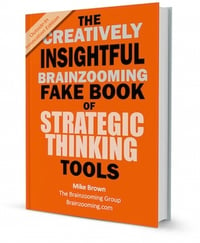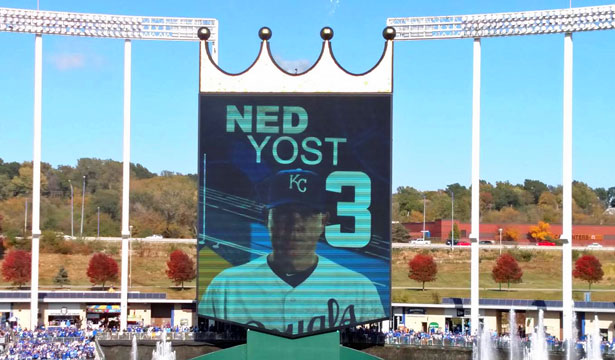Googling “innovation and failure” yielded these top five stories:
- Creating An Innovation Culture: Accepting Failure is Necessary
- Baba Shiv: Why Failure Drives Innovation
- Failure is the Mother of Innovation
- Why most innovations are great big failures
- Why Failure Is the Foundation of Innovation
It’s evident that when it comes to innovation and failure, we LOVE IT!
Innovation and failure is cavalier.
Innovation and failure shows you’re swinging for the fences.
Innovation and failure is hip to write about online.
The dirty little secret, however, is when you’re actively failing, failure SUCKS, and it’s not as if you have lots of friends wanting to hang around your failure.
Case in point, is an article in the New York Times by Bruce Shoenfeld about Kansas City Royals manager, Ned Yost. The article, titled "How Ned Yost Made the Kansas City Royals Unstoppable," starts with recounting how smart baseball people prove their smarts by calling out Ned Yost as an idiot.
Experts Love Innovation and Failure, but Hate Ned Yost
What’s intriguing is while Ned Yost has had ongoing peaks of legitimate baseball success, he has also failed. A lot.
And while innovation-oriented articles tell us to LOOOOOOOOVE failure because it’s all innovativeish, when you’re a sports fan and it looks like your favorite baseball team’s manager is making decisions leading to failure, we don’t feel great about it.
Why?
Because when you’re going through failure . . . it . . . wait for it . . . SUCKS! BIG TIME!
Which bring us back to Ned Yost and why he creates such consternation, angst, and revulsion as a baseball manager: Ned Yost makes conscious decisions to FAIL while pursuing long-term success.
For example, in response to questions about why he sticks with less than stellar fielders or pitchers that seem unable to get batters out with any level of effectiveness, Yost explains his strategic patience amid situations reeking of failure:
“I wanted to put those young players in a position to gain experience, so than when we could compete for a championship, they’d know how. You can’t do that when you’re pinch-hitting for young guys. You can’t do it when you quick-hook starting pitchers. They’ll never learn to work themselves out of trouble. People would say, ‘What’s he doing?’ They didn’t understand. I’D RATHER LOSE A GAME ON MY WATCH SO THEY COULD WIN LATER.” (The caps are mine.)
Yes, Ned Yost makes conscious decisions to tolerate failure in order to learn.
AND IT DRIVES FANS (and baseball experts) CRAZY!!!
Do people REALLY love failure?
It's one thing to extol failure as a valuable experience in an innovation-oriented blog or business magazine article. When you actually experience failure, especially when it is happening over and over again, the story is very different.
So how do you feel about actually going through the intertwining of innovation and failure on the way to potential future success?
And how about those Kansas City Royals - do you think they look unstoppable? – Mike Brown
If you enjoyed this article, subscribe to the free Brainzooming blog email updates.
Looking for Ways to Develop a Successful
Innovation Strategy to Grow Your Business?
Brainzooming Has an Answer!
 Business growth can depend on introducing new products and services that resonate more strongly with customers and deliver outstanding value.
Business growth can depend on introducing new products and services that resonate more strongly with customers and deliver outstanding value.
Are you prepared to take better advantage of your brand’s customer and market insights to generate innovative product ideas? The right combination of outside perspectives and productive strategic thinking exercises enables your brand to ideate, prioritize, and propel innovative growth.
Download this free, concise eBook to:
- Identify your organization’s innovation profile
- Rapidly deploy effective strategic thinking exercises to spur innovation
- Incorporate market-based perspectives into your innovation strategy in successful ways
Download this FREE eBook to turn ideas into actionable innovation strategies to drive your organization’s comeback!
[sc:Outside-In ]




